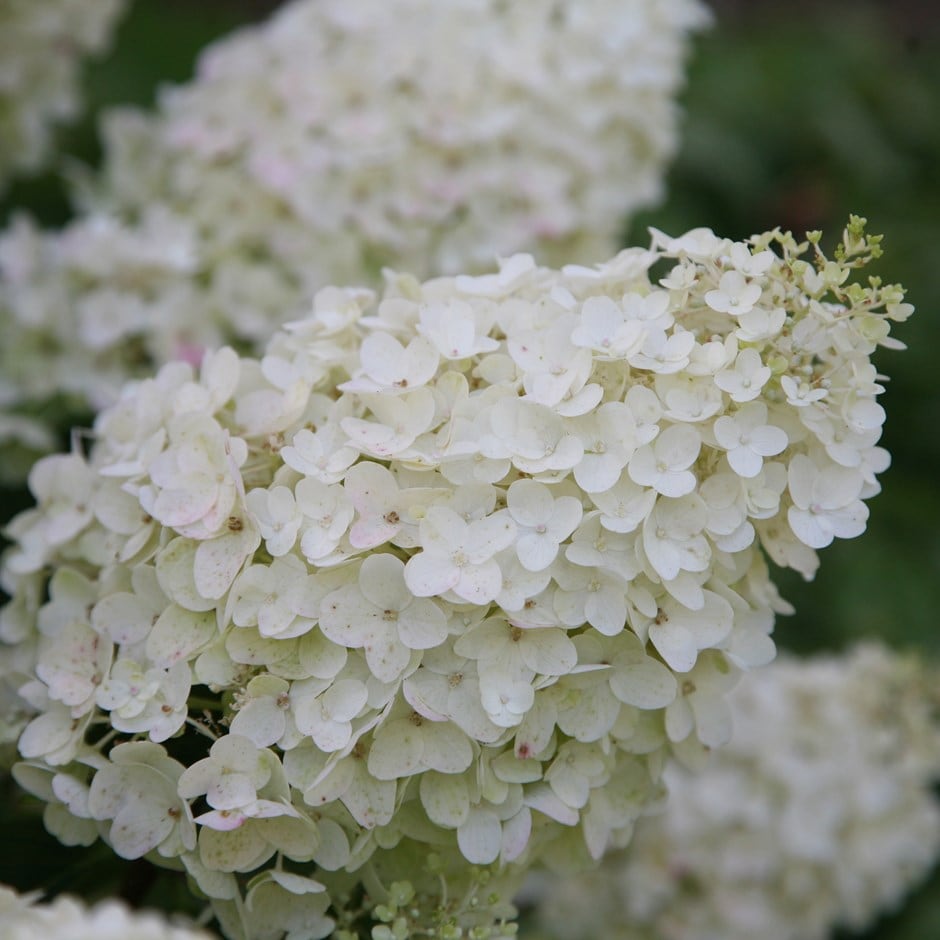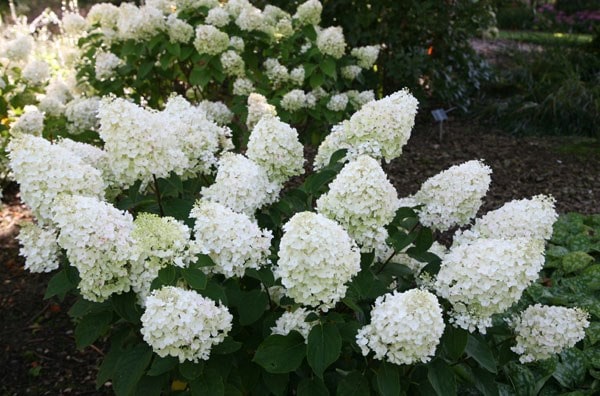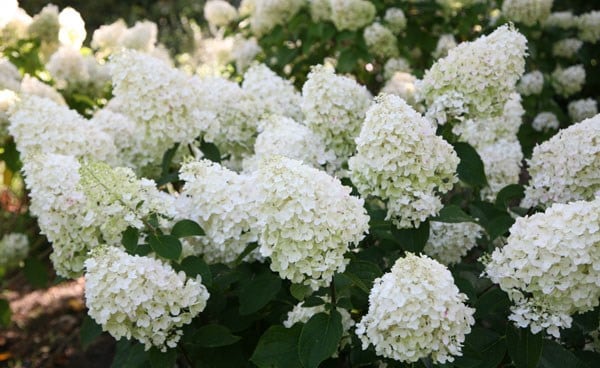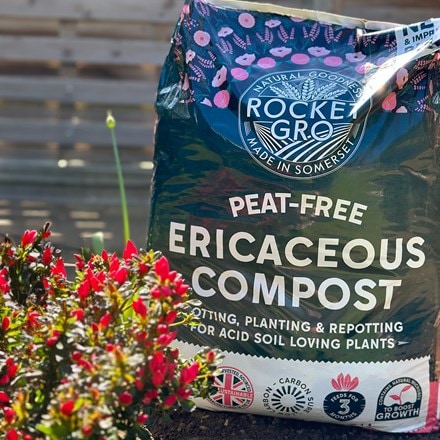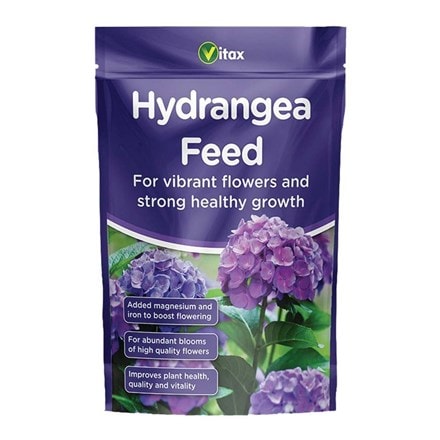Hydrangea paniculata 'Silver Dollar'
hydrangea
Dense trusses of creamy-white flowers open from the base of the spike from midsummer to early autumn and gradually become pinker as...
GOES WELL WITH
March pruning of trees, shrubs and climbers
The following notes can be used as a guide when pruning trees, shrubs and climbers in your garden during the month of March. It's timely advice if you have any of the following in your garden. Abeliophyllum, Artemesia, Brachyglottis, Brunfelsia, Buddleja
Read full articleHydrangeas - which one to choose?
Hydrangeas come in many guises, but the blue and pink mopheads and lacecaps that flower in summer are generally forms of Hydrangea macrophylla, an Asian species that prefers lots of summer rainfall and drier winters. This can be tricky in drier gardens, b
Read full articleLow maintenance plants for a shady garden
We all want a lovely garden but sometimes we are too busy with work and family, or we simply don’t have the inclination to garden incessantly, so the trick is to choose low maintenance plants such as easy shrubs and then to underplant them with ground cov
Read full article


